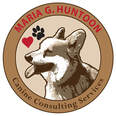A blog for all things dog-related: training, behavior, fun new doggie items, veterinary information and, of course, ways to enhance your relationship with your best four-legged friend!
Trick-Or-Treating: Going trick-or-treating involves a lot of other people in a lot of other costumes that you can’t possibly prepare your dog for ahead of time. It is best to leave your dog home when you go trick-or-treating to avoid any scary or disturbing encounters. If you are staying home on Halloween but will be handing out candy to trick-or-treaters that come to visit, keep your dog gated in another room away from the entrance that trick-or-treaters will be using, including away from rooms that have windows that look out into the walkway. Your dog will feel safest in a quiet back room with a special chew or food-stuffed toy to focus on and some music or TV to drown out the sound of the trick-or-treaters wandering outside. Additionally, keep your dog away from any doors that lead outside – if the door is opening and closing a lot and people are coming and going, there’s a risk that the door may not latch correctly. The same is true for lawn gates. If you have an electric fence, keep in mind that your dog may run through the fence to chase off a perceived “intruder” but may then be too scared to come back in. Many pets get loose and go missing on Halloween amidst all this chaotic activity. Do not leave your pets outside unattended on Halloween. Instead, walk them out for potty trips on leash and return them inside with you. Some rowdy teenagers who are into pranks may see your pet as a target for taunting and ridicule, sometimes even having harmful or deadly results! You may have heard stories of tricksters stealing peoples’ animals from their yards or poisoning animals as a sick joke. Keep your dog safe on Halloween by keeping him indoors.
If your dog reacts unfavorably to a lawn ornament:
Be sure to store all candy out of reach of your dog and behind a closed door. Dogs may think candy smells good so may try to do whatever it takes to get to it – jump up on a counter or shelf, rip apart bags, pull open drawers. Take the proper precautions - you don’t want to risk the potentially fatal (and costly) results. Scary Movies:
If you love being spooked by Halloween thrillers, just keep in mind that scary movies can also be scary for your dog. Not because they don’t want the single lady in the movie to go upstairs alone to check out that noise, but because if you jump unexpectedly, scream, or hide behind a pillow/blanket and tense up your body, these are all signs of concern for your dog. They may not be able to rationalize that it’s only on the TV or tablet – for all they know, they think you’re truly afraid for your life and take that to mean they should be too! If you tend to be reactive during scary movies, either keep your dog in another room so they cannot react right along with you, or keep a cup of dog treats in the room with you so that if you jump or scream, you can follow that up with a lot of praise, calm pets, and yummy treats for your dog so they can then relax too, knowing that your life (and theirs) really isn’t in danger.
0 Comments
Your comment will be posted after it is approved.
Leave a Reply. |
AuthorMaria Huntoon, CBCC-KA Archives
April 2020
Categories |
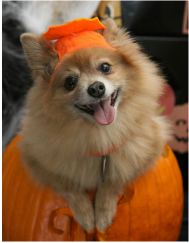

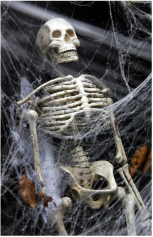

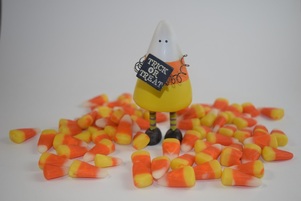
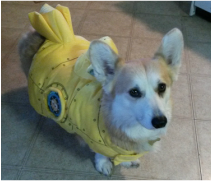
 RSS Feed
RSS Feed
